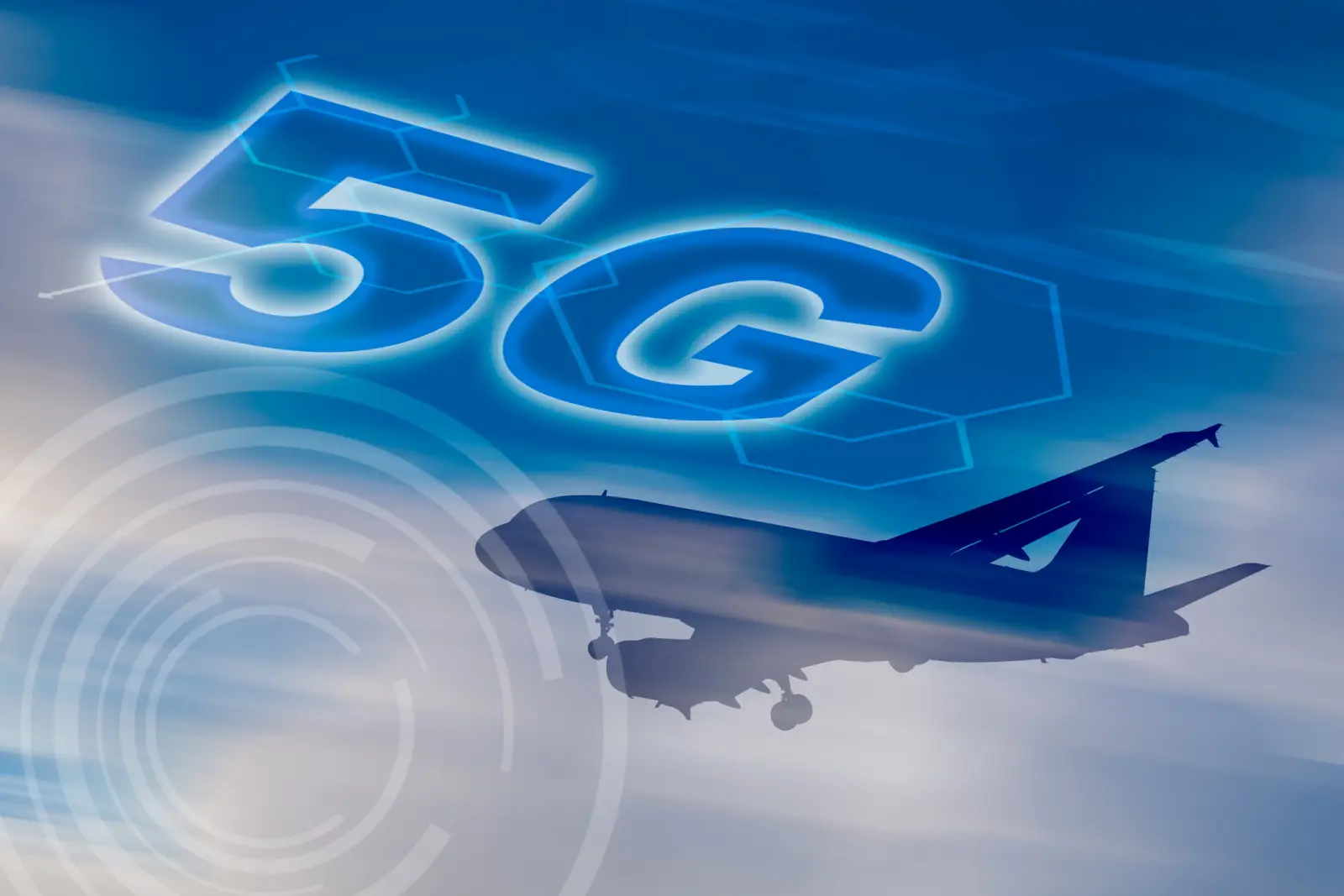The role of in-flight Wi-Fi in shaping passenger preferences has become impossible to ignore. In today’s highly competitive aviation market, connectivity is no longer just a bonus—it’s a key factor in building customer loyalty and influencing airline choice.
Viasat’s 2024 Passenger Experience Survey highlights how modern travelers are redefining their expectations for connectivity and what it means for the future of air travel.
The report collected the views of over 11,000 people worldwide who have traveled by air over the last 12 months. It revealed that three-quarters of passengers (75%) would be more likely to select or rebook with an airline if quality inflight Wi-Fi was provided, while one in five (22%) wouldn’t even consider flying a long-haul route that didn’t offer connectivity.
However, access to in-flight Wi-Fi alone is no longer enough, and passengers increasingly expect more in terms of the cost and quality of connectivity in order to drive true loyalty. One of the most important considerations for passengers when connecting to in-flight Wi-Fi include it being free or low cost (36%); in fact, the desire for free in-flight Wi-Fi is so great that the majority of passengers (87%) are prepared to watch adverts in order to gain access to this service, with almost half (47%) actively happy to do so, believing it a fair exchange for the service it enables.
Beyond cost and quality of connectivity, personalized entertainment enabled by in-flight Wi-Fi is a key focus for passengers, according to the report, with access to their own streaming platforms (71%), the most popular connectivity-enabled service for flyers. Two-fifths of respondents (41%) said access to their own streaming services like Netflix would improve their in-flight experience, while a third (33%) said the ability to listen to their own music streaming platforms, such as Spotify, would have the same effect.
The vast majority of passengers also want to be able to use multiple devices to access different digital and entertainment services at any one time to further personalize their in-flight experience. For flights where seatback entertainment is provided, an overwhelming 94% of respondents still want to be able to use their personal devices, highlighting the growing trend of ‘dual screening’ when travelling. Almost half want to use their own devices to browse the web (46%) and social media (46%), while 29% want to use them for online shopping or to access work applications respectively.
Passenger dreams don’t stop at personalized entertainment services, with almost all respondents (92%) already curious about the exciting innovations that may be possible on planes in the future. Over half (55%) are keen to see enhanced entertainment and sensory in-flight experiences – including panoramic, floor-to-ceiling windows; mixed reality windows displaying digital information about passing landmarks; and VR entertainment systems on immersive, wrap-around seatback screens, while 51% want services that improve their comfort and wellness on flights, including access to biomimetic seating that adapts to their bodies; health and wellness sensors, and in-flight spa and gym areas.
Passengers are also interested in the role AI can play in improving their in-flight experience, including recognising their food and beverage preferences (33%), providing recommended destination itineraries (33%) , and even optimising the airport transfer process (33%).
A Personal Glimpse into Turkish Airlines’ Wi-Fi Service
The role of in-flight Wi-Fi in shaping passenger preferences has become impossible to ignore. In today’s competitive aviation market, connectivity is more than a feature—it’s becoming essential for meeting passenger expectations and building loyalty. My personal experience on a recent Turkish Airlines flight from Valencia to Istanbul highlights the challenges and complexities of in-flight connectivity.
It was a beautiful, clear day as the plane crossed over Italy, and I wanted to capture the moment by sending a photo to my spouse. Turkish Airlines offers unlimited messaging to all Miles & Miles Classic members, so I connected to their Wi-Fi service with high hopes. Unfortunately, things didn’t go as planned. Despite trying both WhatsApp and Telegram, I couldn’t send a photo (see below) or even deliver basic chat messages. After about 10 minutes of unsuccessful attempts, likely as the flight was leaving Italian airspace, I gave up and turned off the Wi-Fi in frustration.
According to Turkish Airlines’ website, their Wi-Fi service boasts high-speed internet that allows passengers to use even bandwidth-intensive applications on their laptops, tablets, and smartphones. They offer complimentary internet to Business Class passengers and Miles&Smiles members, with unlimited messaging included for all membership tiers. Additionally, passengers can purchase internet passes during the flight, with pricing tailored to various needs, such as unlimited messaging for $5 or unlimited internet for long-haul flights at $35.
However, as my experience suggests, the service doesn’t always meet expectations. While Turkish Airlines promotes its ability to provide high-bandwidth connectivity, actual usage can vary depending on factors like the aircraft type, flight path, and even airspace regulations. This inconsistency can be a source of disappointment for passengers relying on the service for productivity or personal connections during their journey.
This highlights the broader challenges airlines face in delivering reliable in-flight connectivity. Viasat’s 2024 Passenger Experience Survey underscores that passengers not only expect access to Wi-Fi but also demand high-quality service at low or no cost. In fact, many are willing to watch ads to gain access, with nearly half considering it a fair exchange.
The stakes are high for airlines. As passenger expectations evolve, seamless connectivity is becoming a critical factor in choosing or rebooking flights. Airlines like Turkish Airlines, which offer generous complimentary packages, are taking significant steps to meet these demands. However, to truly win customer loyalty, they must ensure their services deliver the reliability and speed passengers expect.
In my case, the inability to send a simple photo diminished the excitement of sharing a memorable moment in real time. Yet, it also reflects the growing pains of an industry striving to adapt to the digital-first expectations of modern travelers. As airlines continue to invest in satellite technology and broadband solutions, passengers can look forward to more consistent and satisfying in-flight experiences.
Airlines at a Crossroads
As passenger demands evolve, airlines are pressured to invest in cutting-edge satellite connectivity to meet these expectations. Reliable and high-speed Wi-Fi is no longer just a feature—it’s a competitive advantage. Airlines that lead in adopting these technologies are positioned to drive long-term loyalty and secure their place in the future of connected travel.
“This report is a glimpse into the future of connected air travel, where low cost, high quality connectivity is increasingly non-negotiable,” said Don Buchman, Vice President & General Manager, Commercial Aviation at Viasat.
“Flying in the near-future will be characterized by unprecedented levels of personalization and choice within a more technologically advanced environment – all of which can only be enabled by highly robust, reliable connectivity.













